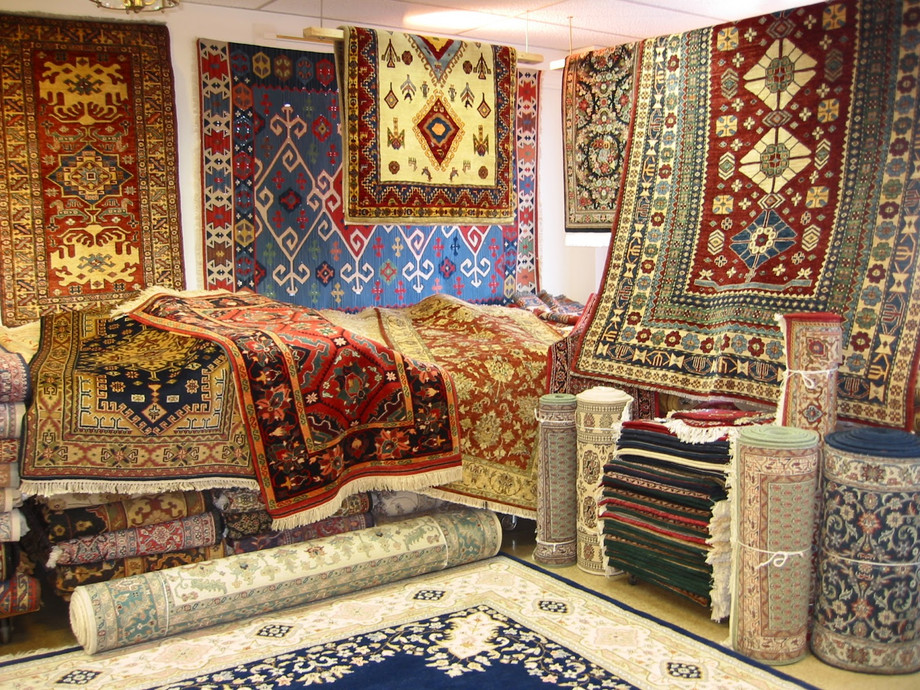The Art of Antique Rug Repair: A Comprehensive Guide
Antique rugs are not just beautiful pieces of art, but they also carry a lot of historical and cultural significance. These rugs are often passed down through generations and can be considered family heirlooms. However, over time, these rugs can become damaged due to wear and tear, accidents, or natural disasters. It is important to preserve the beauty and value of these rugs by repairing them. In this guide, we will take you through the process of antique rug repair.
Identify the Type of Damage
The first step in antique rug repair is to identify the type of damage that the rug has suffered. Some common types of damage include tears, holes, stains, color bleeding, and fraying. Once you have identified the type of damage, you can proceed with the repair process.
Cleaning and Preparation
Before you can start repairing the rug, it is important to clean and prepare the damaged area. This involves removing any debris or dirt from the damaged area and trimming any loose fibers around the edges of the damage. The rug should be cleaned thoroughly with a mild detergent and warm water, and then left to dry completely.
Re-weaving and Re-knotting
Re-weaving and re-knotting are the two most common techniques used in antique rug repair. Re-weaving involves replacing the missing or damaged fibers by weaving new fibers into the damaged area. This technique is often used to repair tears and holes in the rug.
Re-knotting, on the other hand, involves replacing the missing or damaged knots in the rug. This technique is often used to repair small areas of damage or to replace missing fringe on the edges of the rug. Re-knotting is a delicate process that requires a lot of skill and expertise.
Color Restoration
Antique rugs are often dyed using natural dyes that can fade over time due to exposure to sunlight and other elements. Color restoration involves restoring the faded or missing colors of the rug. This is done by carefully matching the colors of the damaged area with the surrounding areas of the rug and then dyeing the damaged area to match.
Blocking and Stretching
After the repair work is complete, the rug should be blocked and stretched to ensure that it retains its shape and size. Blocking involves wetting the rug and then stretching it to its original shape using special tools. The rug is then left to dry completely in this stretched position. This process helps to remove any wrinkles or creases in the rug and ensure that it retains its shape.
Final Touches
Once the rug has been blocked and stretched, the final touches can be added. This involves trimming any excess fibers and fringes, and adding any decorative elements that may have been damaged during the repair process. The rug should be inspected thoroughly to ensure that all the repair work has been completed satisfactorily.
For More Info:-

Comments
Post a Comment